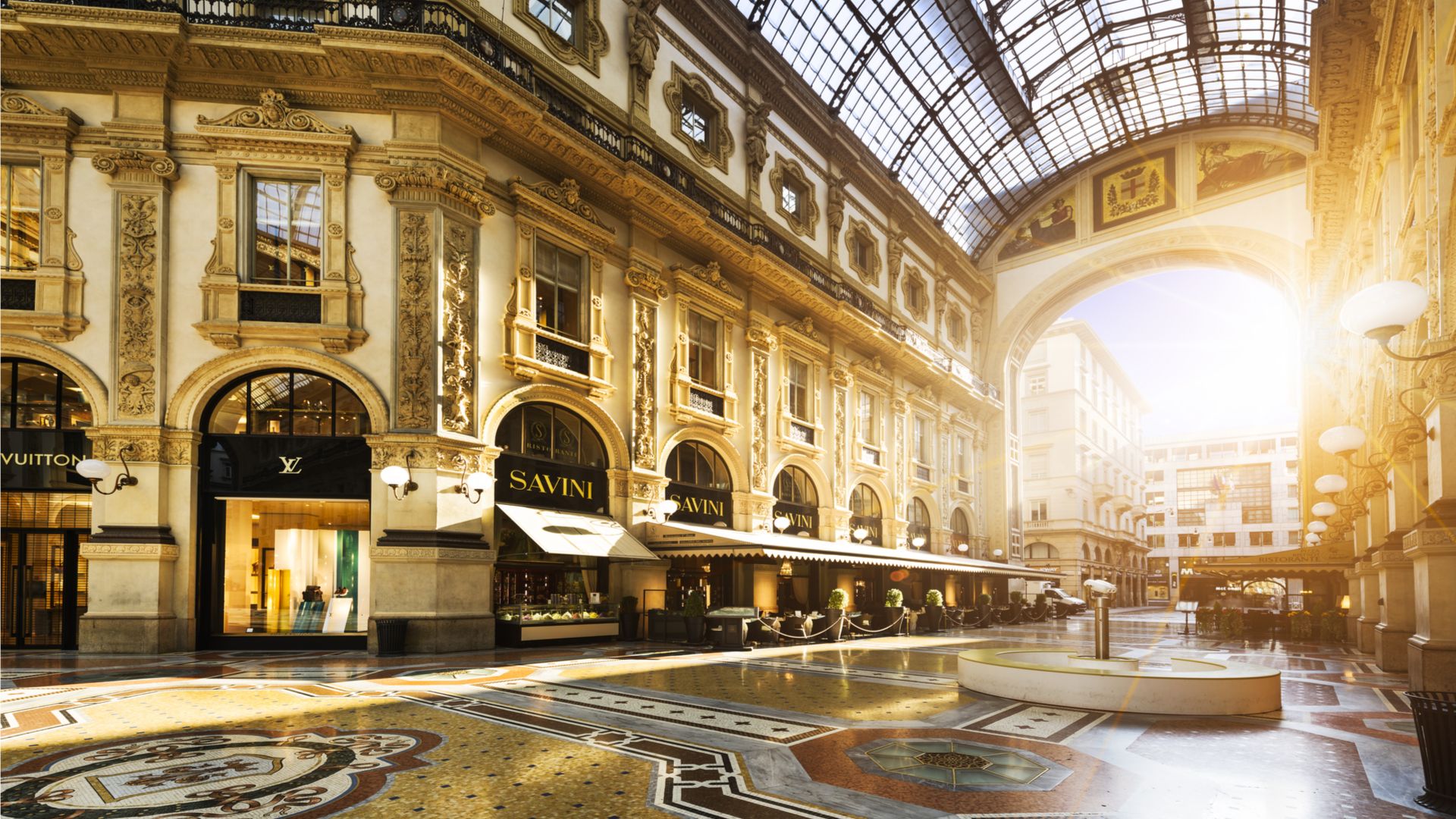This story was first published on our sister site, Jing Daily.
Italy is blessed with so many iconic travel musts — Venice, Florence, the Amalfi Coast, and the Sistine Chapel in Rome — it’s no wonder that it continues to attract record numbers of Chinese tourists. And this Lunar New Year holiday was not a disappointment for the nation. Despite some hiccups to start the travel period, including accusations of racism aimed at Chinese tourists, there has been an overall positive response from Chinese travelers.
Italy isn’t the most convenient getaway from Mainland China when you only have a week or less to travel. Perhaps given this, it dropped out of the top 10 most popular destinations for the holiday this year, as more Chinese travelers chose short-haul destinations, according to Hotelbeds. The booking platform noted that Italy was the 12th most popular destination this year, just behind Spain. However, China’s largest online travel agency, Ctrip.com International, listed Italy as the 10th most popular destination for the holiday this year. And surprisingly it’s the seventh most popular destination for young travelers in 2019, according to online travel agency and user-generated travel content site Mafengwo.
Rome welcomed the influx of tourists with traditional Lunar New Year decorations at Fiumicino International Airport, as well as at businesses and museums throughout the Eternal City. Shops, museums, and even taxis expanded their acceptance of Alipay and WeChat Pay in an effort to increase travel spending during the holiday. And some of the more popular shops, such as La Rinascente, even offered holiday discounts for tourists using the popular mobile payment platforms. The high-end department store has also added Mandarin-language services, including a WeChat account, to assist the growing number of independent Chinese travelers.
Many shopping areas, including Rome’s airport, welcomed Chinese travelers this year with traditional Lunar New Year decorations
A Chinese tour guide told Chinese state media Xinhua that as Chinese tourists have flocked to Italy over the years, they’re now searching for more personalized experiences beyond shopping. She told the media outlet that the visitors are interested in culture, history, and nature, as well as discovering Italian cuisine and wine. She added that younger travelers tend to plan out their trips well in advance. “Traditional multi-site shopping and sightseeing packages no longer meet their needs,” she said. One reason for the decline in shopping tours is that travelers have greater access to information; including prices of products they may be interested in purchasing. This leads to better planning before arrival and reduces the reliance on tour guides who may make a commission on sales.
According to tour guides, who specialize in shopping trips along Rome’s Via Condotti, Chinese tourists are heavily targeted as potential buyers, but they have seen the same visitors become more restrained in their spending. The guides also note that Chinese tourists are searching for the best-quality products they can find. Another guide added, “Chinese shopping in Italy is more like looking for icing on the cake.”
Shopping is no longer a top priority for Chinese tourists in Italy, and businesses are noticing
Additionally, Chinese tourists are beginning to branch out of the more touristy destinations of Rome, Venice, and Milan. Island tours of Sardinia and Sicily have become more popular recently. And as travel shoppers decline, Italy is seeking new ways to lure more Chinese tourists. Rome has set a goal of turning China into a top five tourism source market by 2022, Carlo Cafarotti, Rome’s accessor for tourism, told Xinhua. Currently, one in every 20 tourists to the city is Chinese.
Part of the plan to further increase Chinese arrivals hinges on campaigns that include a wider acceptance of mobile payments like Alipay and WeChat Pay, Mandarin-language promotional videos, as well as Mandarin-language tours of Rome’s famous museums. As more Chinese tourists seek experiences over shopping, museums in the Italian capital are likely to reap the benefits of improved services. With a greater focus on promoting cultural activities in Rome and beyond, Italy may return to the most popular destinations list soon. Here’s to La Dolce Vita.



